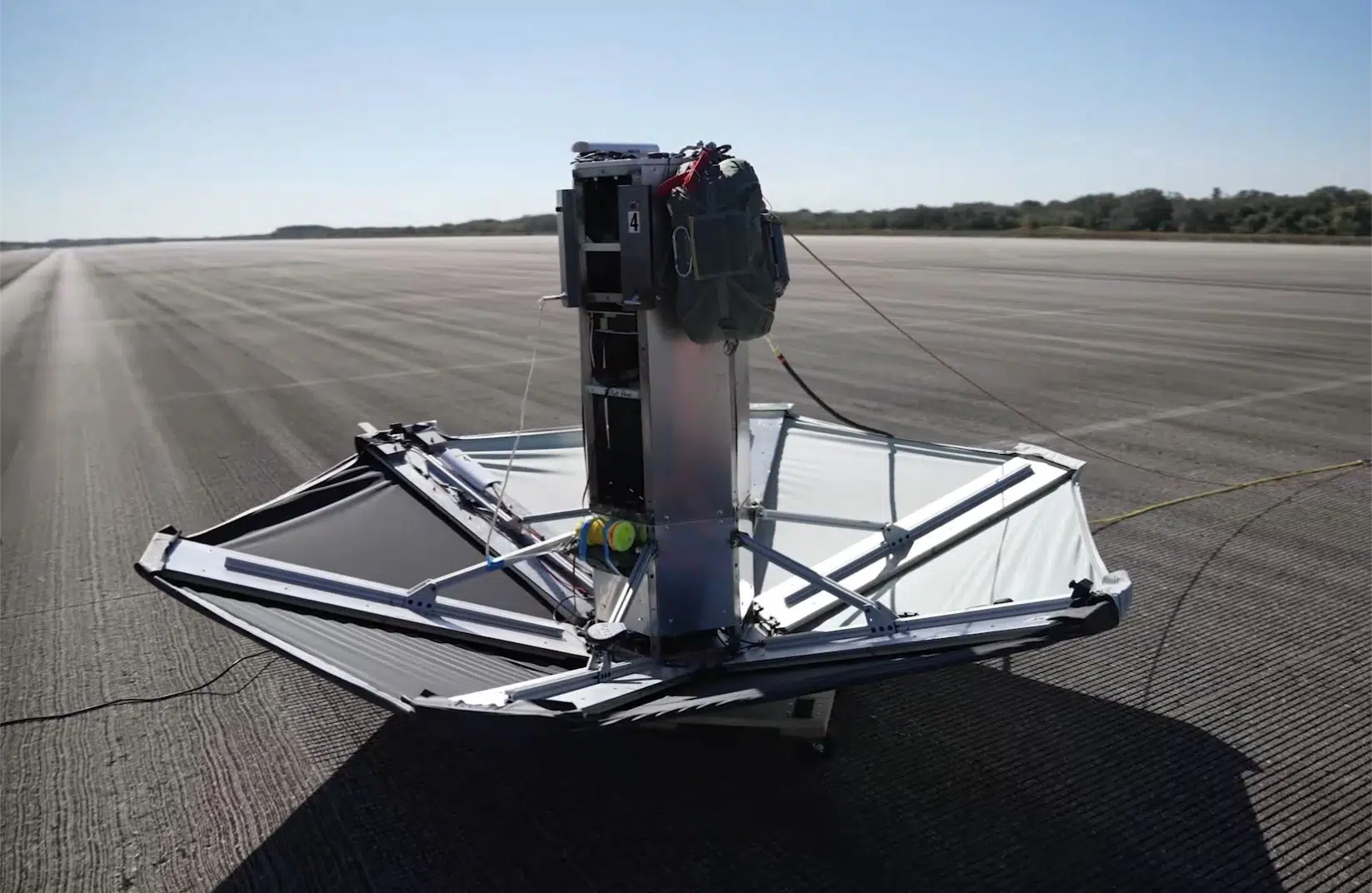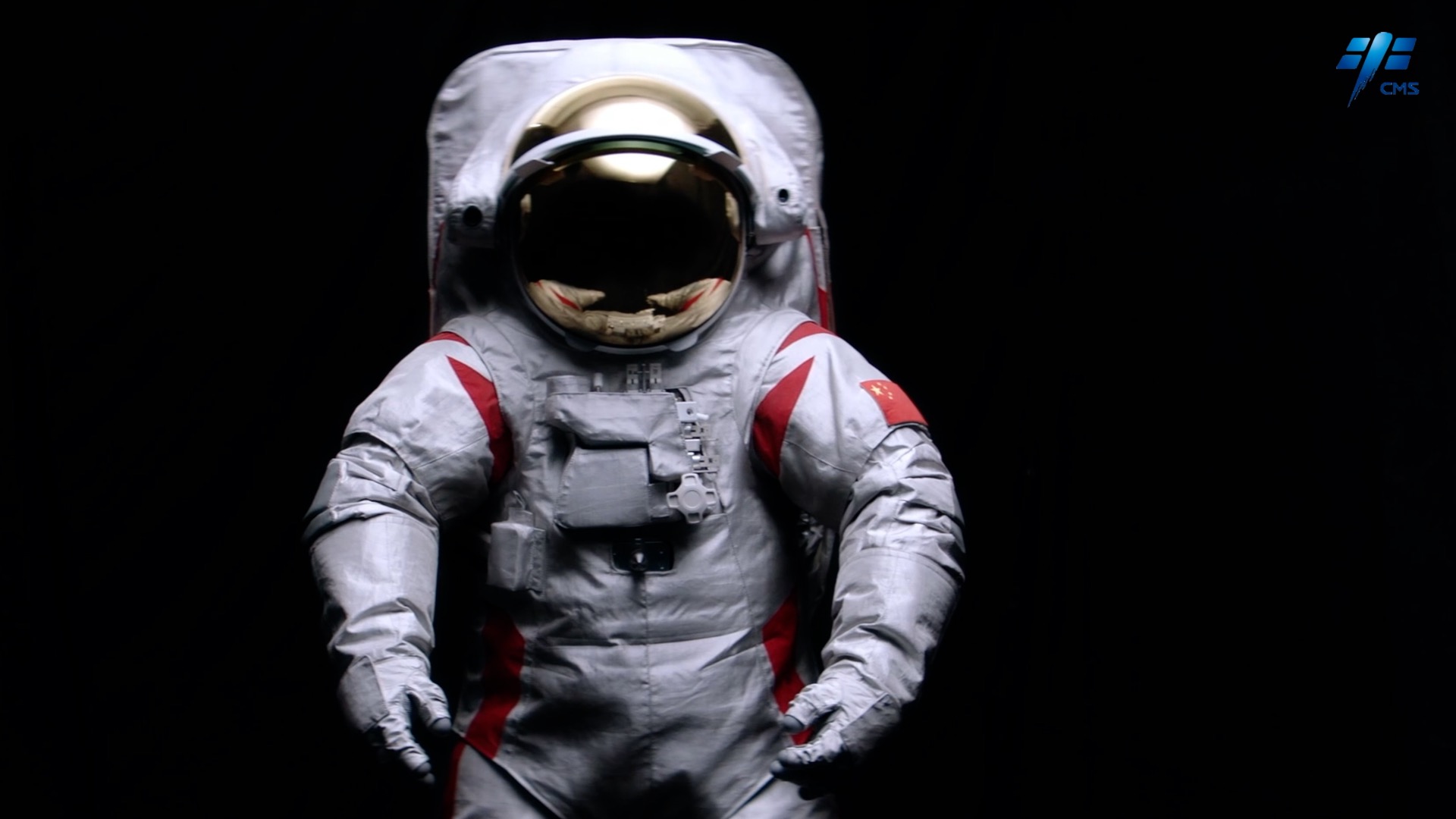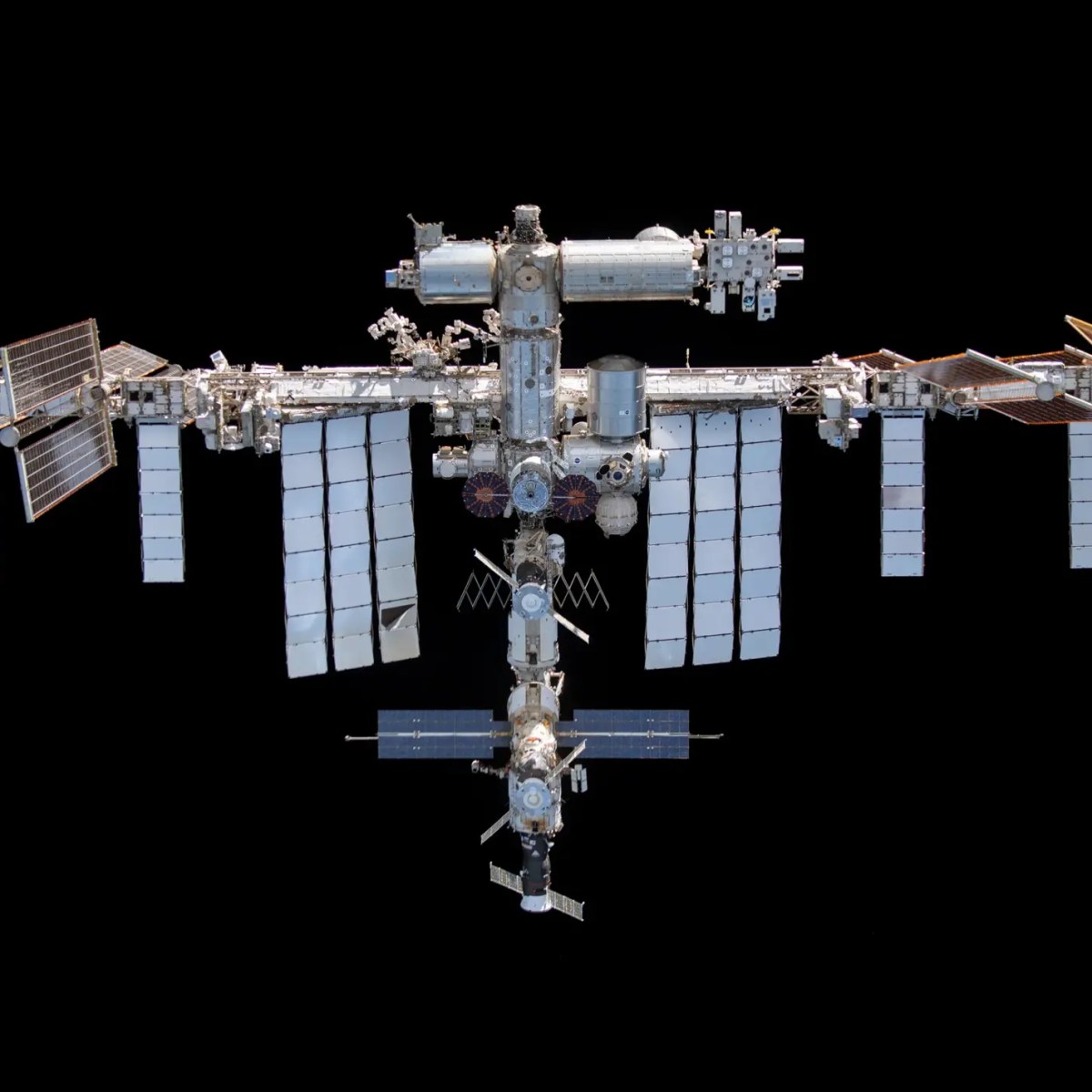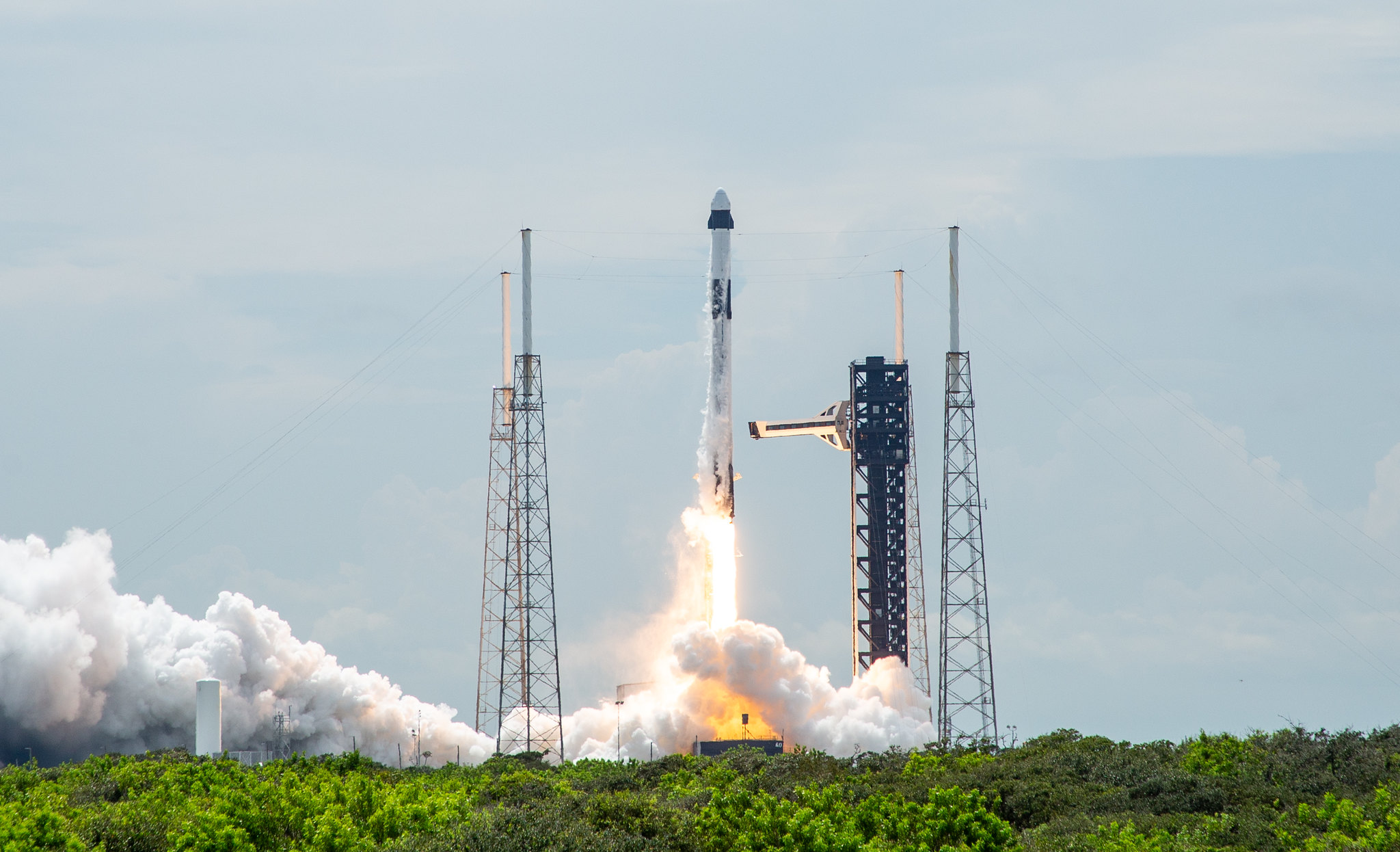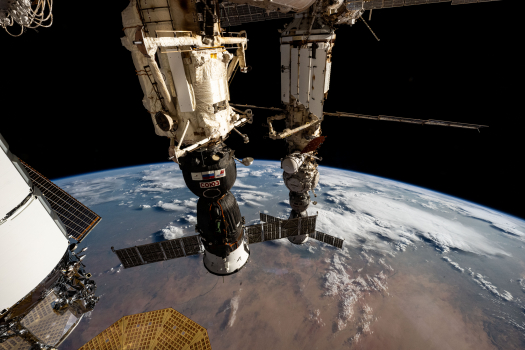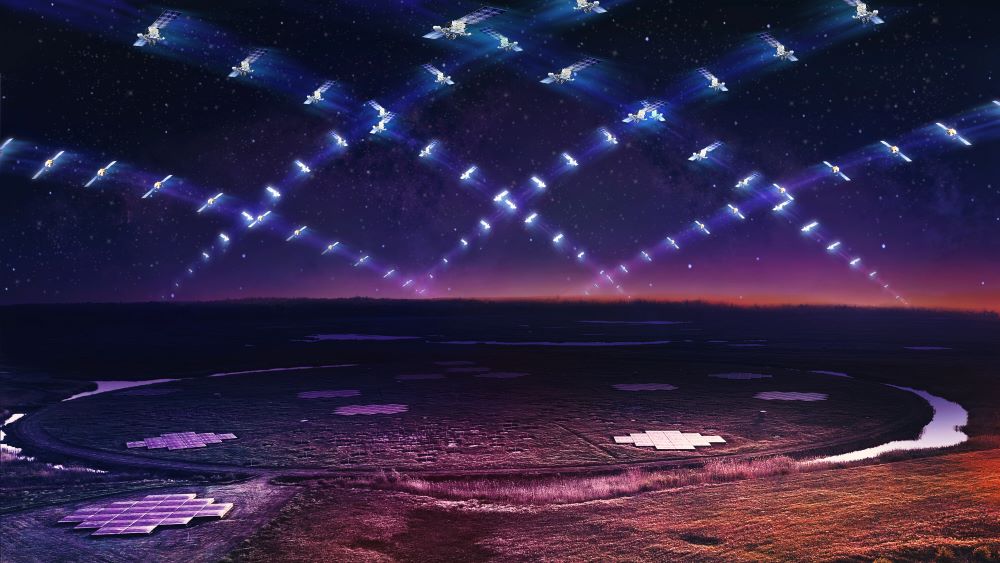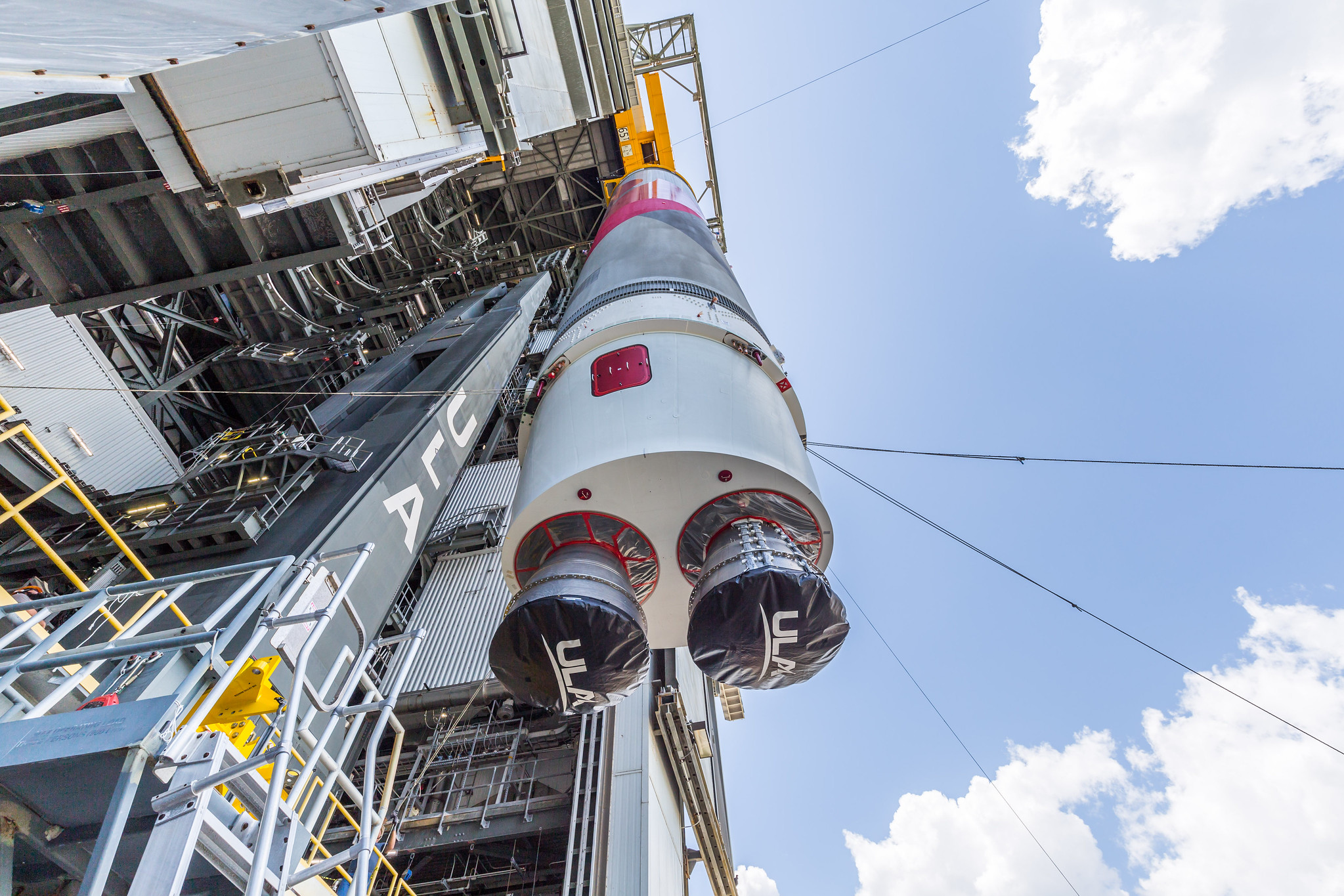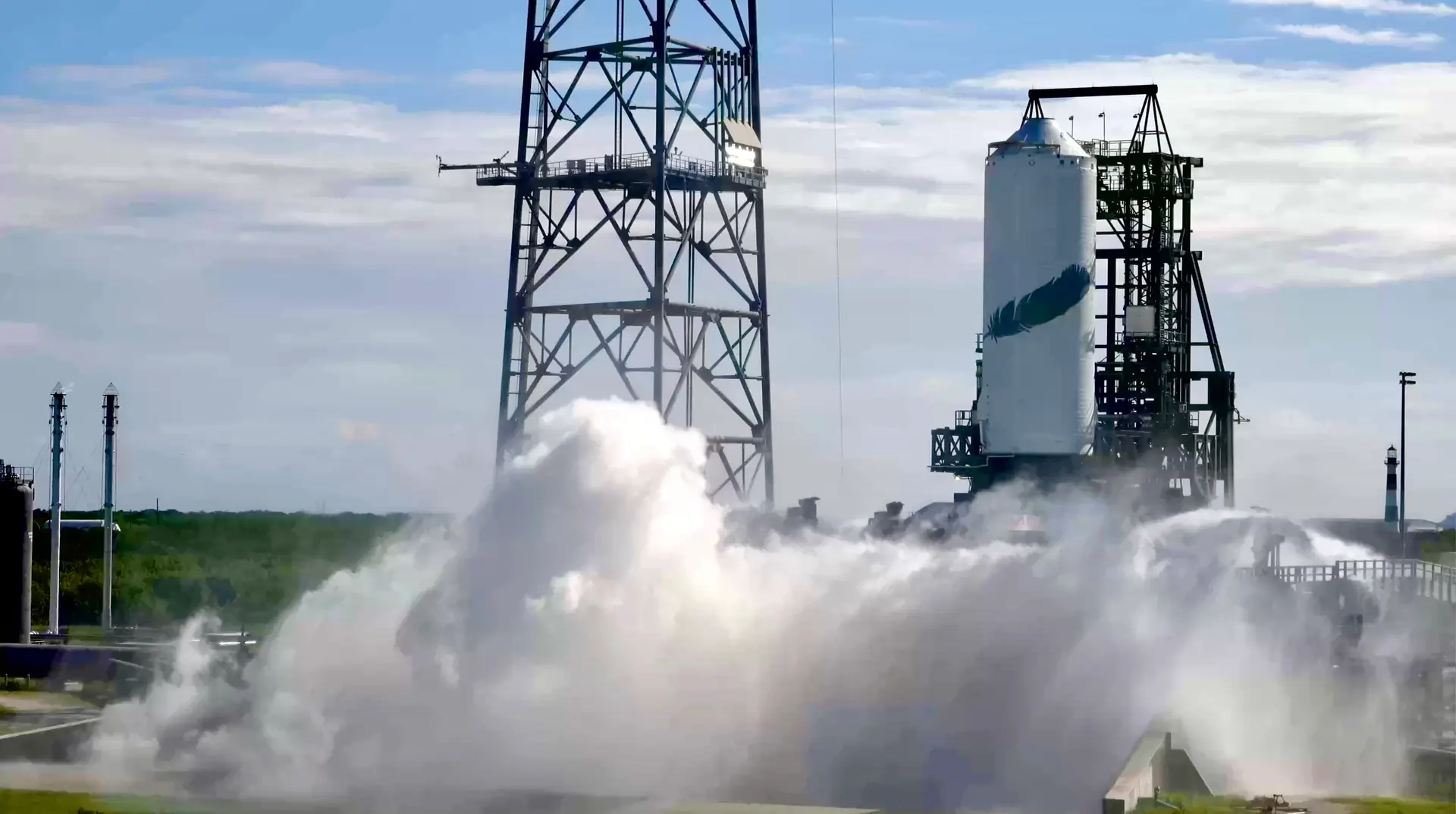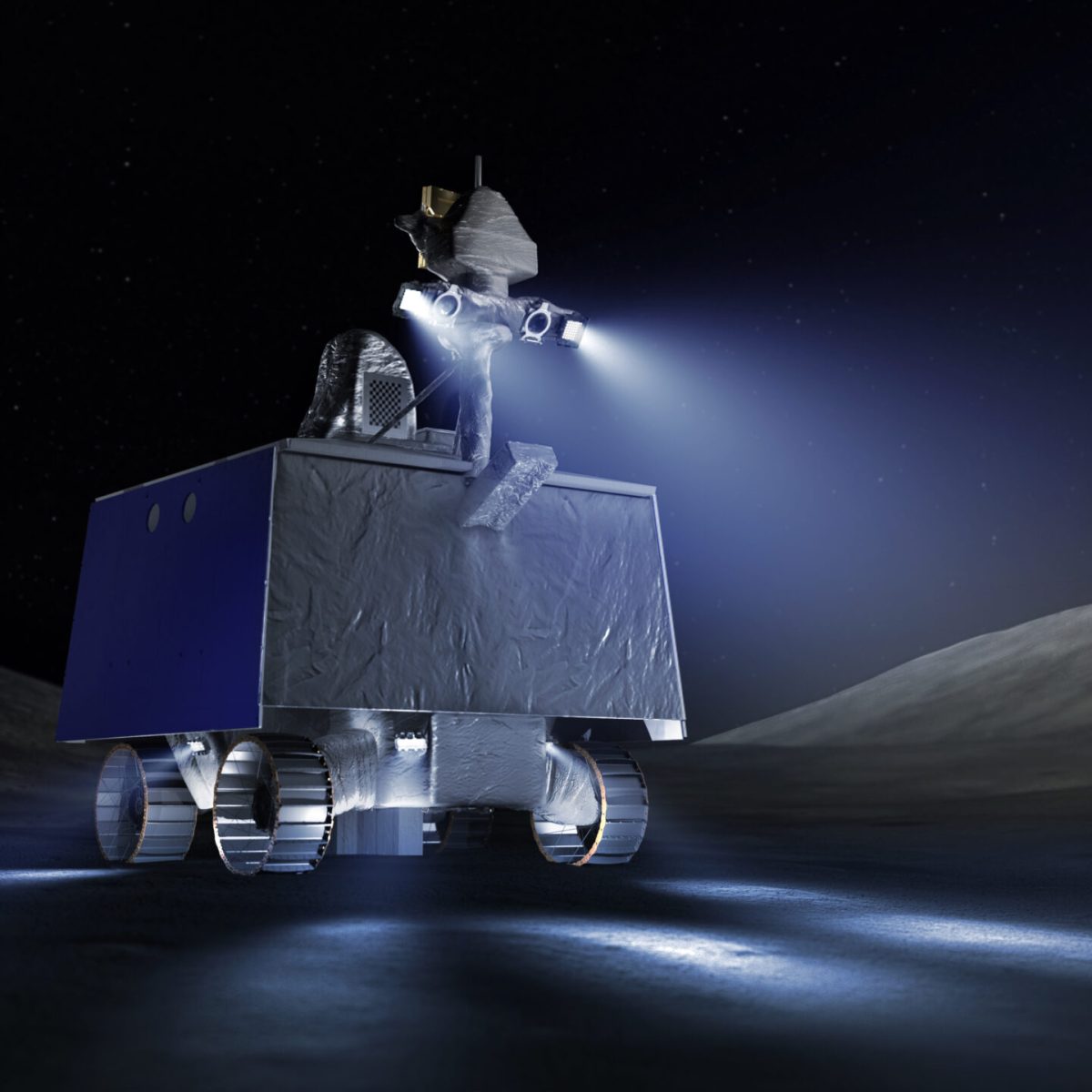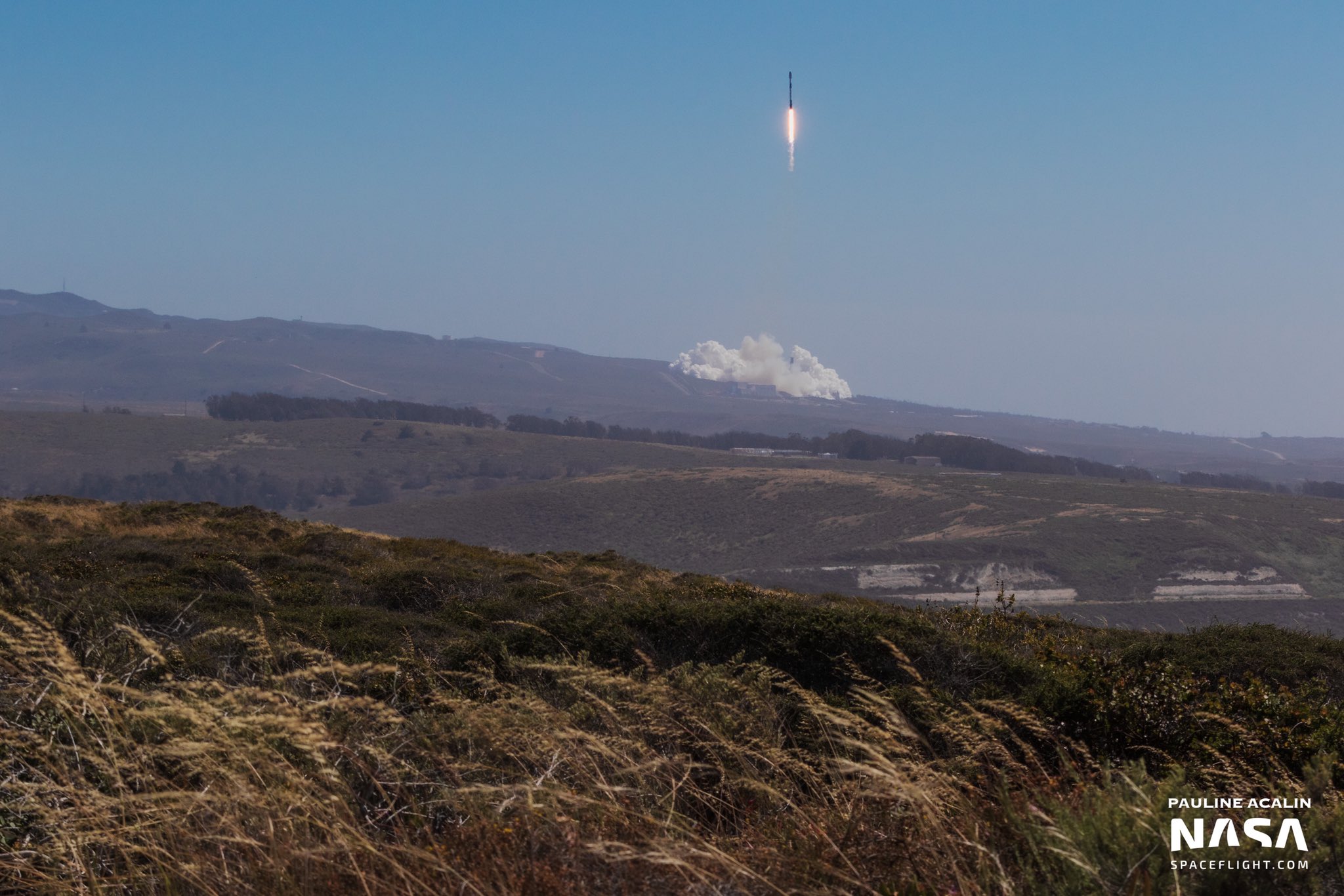Spaceflight
Here's the requisite Manley analysis of the GEM 63XL SRB anomaly on today's Vulcan certification flight.
Time for the second launch of Vulcan! | Scheduled for (UTC) | [2024-10-04 10:00](https://dateful.com/convert/utc?t=1000&d=2024-10-04) | | --- | --- | | Scheduled for (local) | 2024-10-04 06:00 (EST) | | Launch site | **SLC-41**, Cape Canaveral SFS, Florida. | | Launch provider | [United Launch Alliance](https://en.wikipedia.org/wiki/United_Launch_Alliance) (ULA) | | Launch vehicle | [Vulcan Centaur](https://en.wikipedia.org/wiki/Vulcan_Centaur) (VC2S configuration*) | | Mission success criteria | Successful launch and deployment of payloads into desired orbit | VC2S [configuration breakdown](https://en.wikipedia.org/wiki/Vulcan_Centaur#Versions_and_configurations): - V: Vulcan first stage - C: [Centaur V](https://en.wikipedia.org/wiki/Centaur_(rocket_stage)#Centaur_V) upper stage - 2: Two [GEM 63XL](https://en.wikipedia.org/wiki/Graphite-Epoxy_Motor#GEM_63XL) solid rocket boosters on the first stage - S: Standard size fairing, 15.5 m in length # Livestreams | Stream | Link | | --- | --- | | ULA | https://www.youtube.com/watch?v=fAUatH8O6Ng | | NASASpaceFlight | https://www.youtube.com/watch?v=ZPztD5zwgYY | | Spaceflight Now | https://www.youtube.com/watch?v=Ec_4DHUylEg | | The Launch Pad | https://www.youtube.com/watch?v=0yTZpKycf-w | | Space Affairs | https://www.youtube.com/watch?v=9lIdTeAs5As | # Stats ☑️ 2nd Vulcan mission of 2024 ☑️ 2nd Vulcan mission overall ☑️ 5th ULA mission of 2024 ☑️ 163rd ULA mission overall # [Payload info](https://nextspaceflight.com/launches/details/7595) ## Certification Flight 2 > Replacement Vulcan test launch with inert payload, experiments, and demonstrations for certification with the USSF after delays caused by payload testing of the Sierra Space Dreamchaser CRS SNC-1 mission, the original planned payload. | Target orbit | Heliocentric Orbit | | --- | --- | | Payloads | 1 | | Total Mass | 1,500 kg | --- Previous ULA launch: [USSF-51](https://sh.itjust.works/post/22962999) Next ULA launch: [TBD]
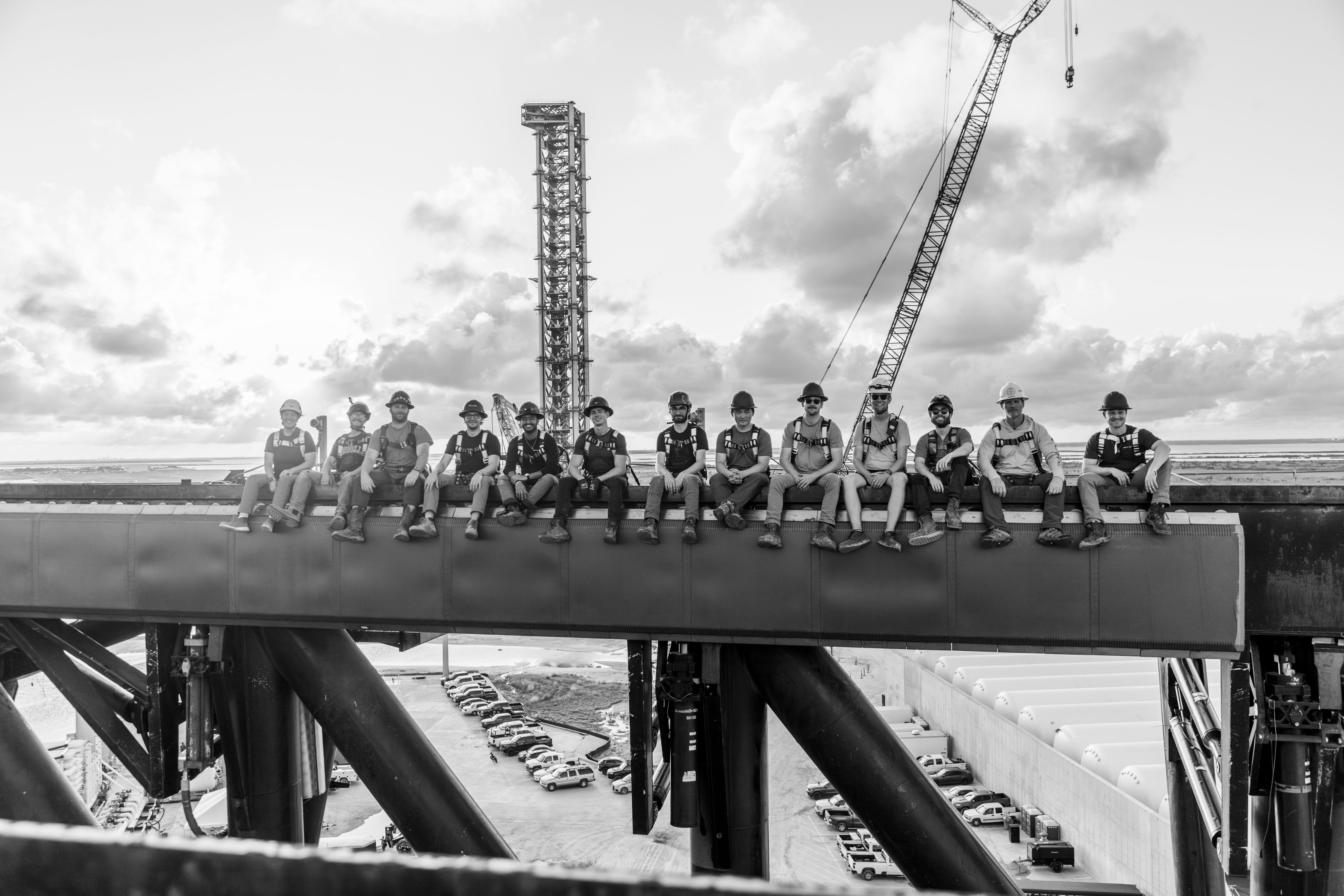 pbs.twimg.com
pbs.twimg.com
Source: [SpaceX](https://x.com/SpaceX/status/1839064233612611788)
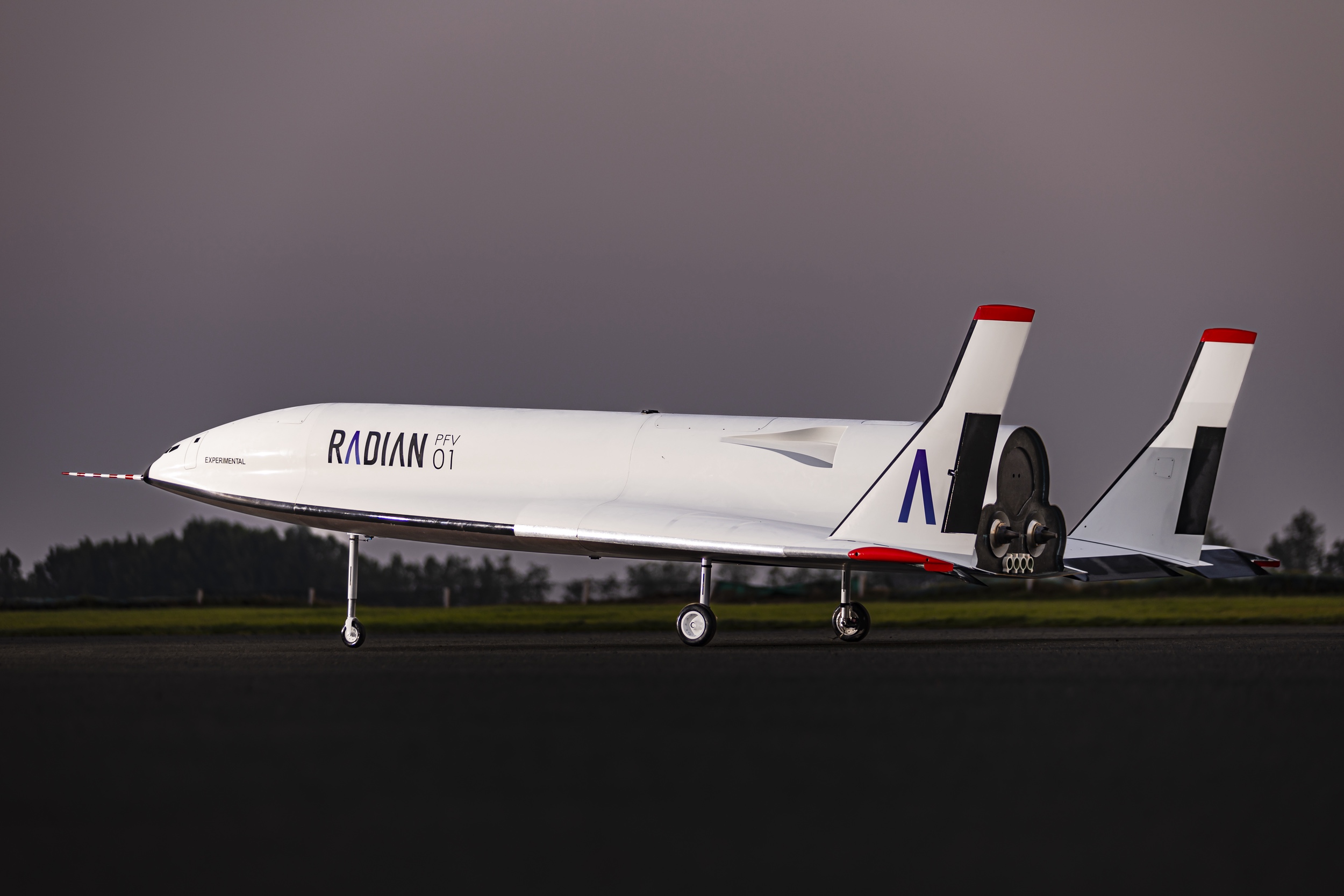 spacenews.com
spacenews.com
>The Seattle-based company announced Sept. 25 that it performed an initial series of taxi tests of a prototype flight vehicle it calls PFV01 at an unidentified airport in Abu Dhabi in the United Arab Emirates. The tests included what it called “short hops” by the vehicle as it tested its handling characteristics for takeoff and landing. > >PFV01 is designed to test the aerodynamics of the company’s proposed Radian One, a spaceplane that would take off horizontally using a rail sled system more than three kilometers long and reach orbit using rocket engines before returning to a runway landing. The vehicle, as currently designed, could carry up to five people and 2,270 kilograms of cargo to low Earth orbit and return with up to 4,540 kilograms of cargo. > >Radian has already done extensive computer modeling and wind tunnel testing of the design, said Livingston Holder, chief technology officer and co-founder, in an interview. “But, we wanted to get a system in the air to see if the analytical work done to date matches our predictions.” > >The runway tests, he said, confirmed those models. “It’s an important step,” he said, “validating that the analytical models that we’re using match what we’re seeing in real life.”
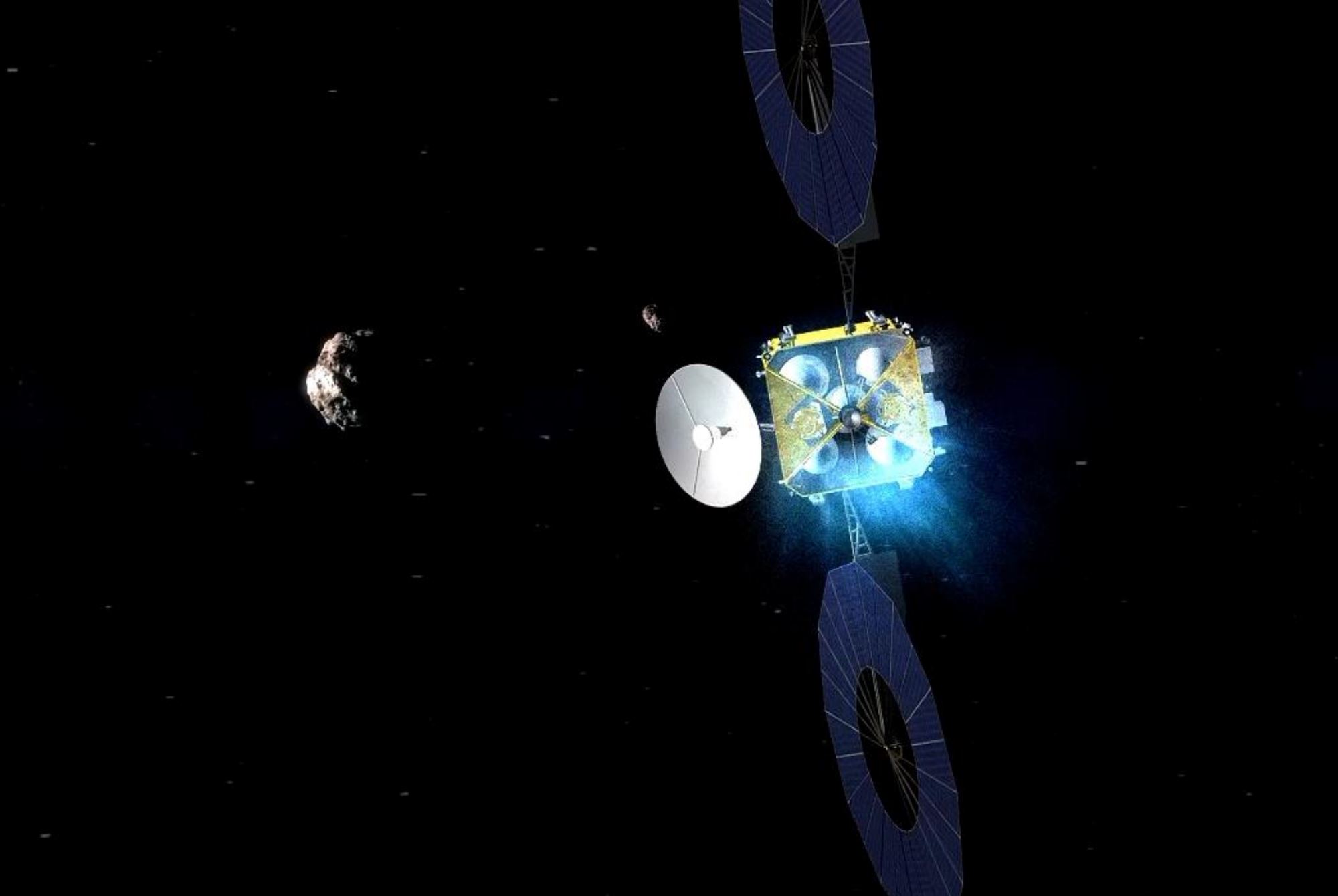 spacenews.com
spacenews.com
>Tianwen-2 is scheduled to launch in 2025, Bian Zhigang, deputy head of the China National Space Administration (CNSA), said Sept. 24, according to Chinese media The Paper. > >The mission will first focus on sampling near-Earth asteroid Kamoʻoalewa (2016 HO3). After delivering samples to Earth, the spacecraft will use our planet for a gravitational slingshot maneuver and set it on a course for main-belt comet 311P/PANSTARRS. > >Kamoʻoalewa is a quasi-satellite of Earth and is roughly 40-100 meters in diameter. This small body may be a fragment of the Moon, ejected into space by a past impact event, according to one journal article.
Penultimate launch of the H-IIA rocket. | Scheduled for (UTC) | [2024-09-26 05:24](https://dateful.com/convert/utc?t=0524&d=2024-09-26) | | --- | --- | | Scheduled for (local) | 2024-07-01 14:24 (JST) | | Launch site | LA-Y1, Tanegashima Space Center, Japan | | Launch vehicle | [H-IIA 202](https://en.wikipedia.org/wiki/H-IIA#Variants) | | Launch provider | Mitsubushi Heavy Industries / JAXA | | Mission success criteria | Successful launch and deployment of IGS-Radar 8 into Sun-Synchronous Orbit | # Livestreams | Stream | Link | | --- | --- | | NVS | https://www.youtube.com/watch?v=OR233zV8xRo | | The Launch Pad | https://www.youtube.com/watch?v=a_Cp1NIbsv4 | # Stats ☑️ 2nd launch from LA-Y1 this year ☑️ 2nd H-IIA launch this year, 49th overall ☑️ 5th launch out of Japan this year ([IGS-Radar 8](https://sh.itjust.works/post/12642144), [H3 flight test 2](https://sh.itjust.works/post/14727015), [KAIROS flight test 1](https://sh.itjust.works/post/15922541), and [ALOS-4](https://sh.itjust.works/post/21609926)) # [Payload info (NextSpaceflight)](https://nextspaceflight.com/launches/details/6858) >The IGS-Radar 8 is a Japanese radar reconnaissance satellite. The satellite is operated by the Cabinet Satellite Information Center. The satellite serves both Japan's national defense and civil natural disaster monitoring.
Spaceflight
!spaceflight@sh.itjust.worksYour one-stop shop for spaceflight news and discussion.
All serious posts related to spaceflight are welcome! JAXA, ISRO, CNSA, Roscosmos, ULA, RocketLab, Firefly, Relativity, Blue Origin, etc. (Arca and Pythom, if you must).
Other related space communities:
- !rocketlab@lemmy.nz
- !curiosityrover@lemmy.world
- !perseverancerover@lemmy.world
- !esa@feddit.nl
- !nasa@lemmy.world
- !spacex@sh.itjust.works
- !astronomy@mander.xyz
- !space@lemmy.world
Related meme community:

